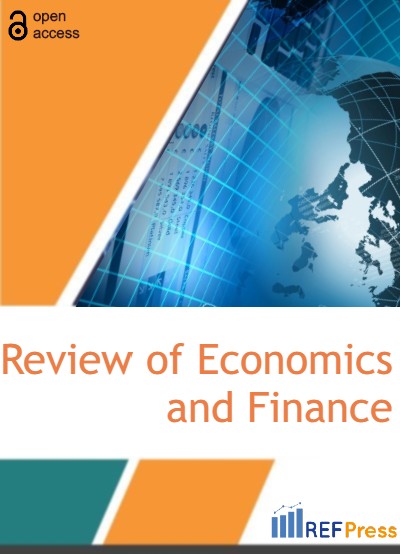
Leveraging Remittances for Financial Inclusion: Empirical Evidence
(Pages 1393-1399)Margaret Rutendo Magwedere* and Godfrey Marozva
Department of Finance, Risk Management and Banking, School of Economics and Financial sciences, College of Economics and management Sciences, University of South Africa. 1 Preller St, Muckleneuk 0002, Pretoria. South Africa.
DOI: https://doi.org/10.55365/1923.x2022.20.152
Abstract:
Access and use of sustainable finance is pitched as an important factor for an inclusive economy. Remittances on the other hand have been a strong force for development, allowing easy access and use of financial products and services in low and medium income countries. Panel data from 2010-2020 was used to determine the nexus between financial inclusion and remittances. System Generalised method of moments was employed to examine the deterministic relationship between remittances and financial inclusion. For the financial inclusion index used in the study was constructed using the principal component analysis. Four financial inclusion indicators related to dimensions of financial inclusion that measure access and usage of financial services were used to develop the index. The results show that remittances can enhance the inclusivity of the financial sector. However as more remittances are received they do not aid the access and use of the formal financial services. Rather for the sample of countries in our study as more remittances are received there is less inclusion of the formal financial sector. Furthermore the inclusiveness of the financial sector is also contingent to the indicator used in measuring either access or use of the financial services.
Keywords:
Financial inclusion, remittances, usage, access, sustainable, financial sector.
JEL Codes:
G00, F24, F63, O1, O11.
How to Cite:
Margaret Rutendo Magwedere and Godfrey Marozva. Leveraging Remittances for Financial Inclusion: Empirical Evidence. [ref]: vol.20.2022. available at: https://refpress.org/ref-vol20-a152/
Licensee REF Press This is an open access article licensed under the terms of the Creative Commons Attribution Non-Commercial License (http://creativecommons.org/licenses/by-nc/3.0/) which permits unrestricted, non-commercial use, distribution and reproduction in any medium, provided the work is properly cited.
